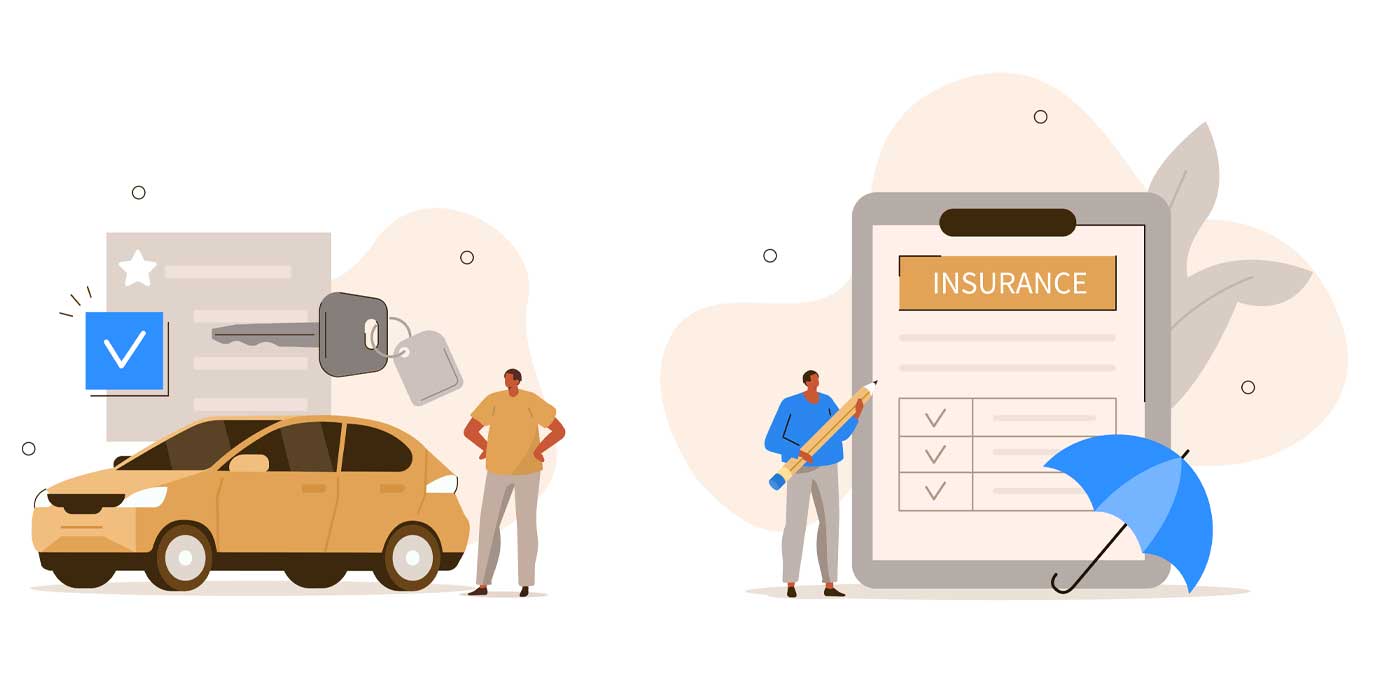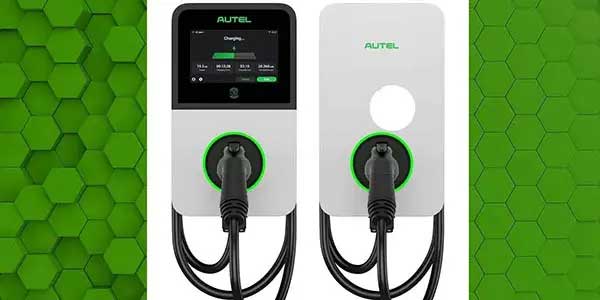Dealer inventory of brand-new cars in the U.S. is continuing its gradual ascent upward as global production recovers from the pandemic’s worst effects. According to media reports and industry observers, this trend continued in June mostly because of specific vehicle segments that are currently experiencing high production levels.
There are currently an estimated 1,953,512 vehicles on dealer lots that are sitting unsold, according to data from Cox Automotive. That amounts to a 53-day supply, which is an increase of 75% from this time last year. Additionally, it’s slightly higher than a month ago, when the supply was 1,928,619 vehicles.
UBS recently released a report that predicts that this year, global auto production will outpace sales by 6%, leaving an excess of 5 million vehicles that will need price reductions to move off lots, according to Yahoo Finance. Despite the fact that those price reductions might not take place until late 2023, automakers are preparing for a price war, and some electric vehicle (EV) manufacturers are already lowering their prices.
A good portion of this excess is due to EV production. However, there are plenty of new internal combustion engine (ICE) vehicles that fall into this category as well. The injection of more supply, combined with the anticipated downward pressure of prices, means car shoppers are most likely going to turn their attention back toward new vehicle purchases in the coming months.
Couple this with the possibility that the Federal Reserve may even begin to reverse course on interest rates at some point in 2024, and the industry could see a noticeable uptick in the sale of new cars and trucks over the next 12-24 months. With those possibilities on the horizon, are dealers prepared with the right F&I product options that are geared toward new vehicles to further maximize profit potential? This will be critical, especially if the anticipated downward pricing pressure places even more importance on F&I sales to offset the expected margin compression on each transaction.
Key F&I Product Trends
It’s important to examine the type of F&I products dealers should be focused on, as well as a continuous review of how best to present these options to shoppers.
According to a recent industry survey, most dealers are currently selling F&I products such as tire and wheel (73%), exterior appearance products (72%), GAP coverage (68%) and vehicle service contracts (66%). Dealers say there are several ways they can sell even more F&I products, including the ability to provide access to online financing (56%), offering F&I products that help with vehicle affordability (53%) and F&I products that are more geared toward the sale of used vehicles (48%).
In terms of selling more F&I products during online shopping, 54% of dealers say they still need better resources that offer pricing online, and 53% of dealers say they need resources that offer the ability for customers to select F&I product and coverage options online. Dealers should consider a marketing budget for their F&I department as the online presence of vehicle protection products will be a key to increased attachment rates.
Selling F&I for New Vehicle Technology
Today’s new vehicles are loaded with advanced technology and it’s important for dealers to have the right F&I product set to help drivers protect those technology features. Navigation devices in the dash are now commonplace, and Wi-Fi is becoming standard.
The driver and passenger airbags were typical equipment in all new cars a decade ago. Nowadays, many cars have more space inside, along with security features like blind-spot detection, collision warning systems and other computerized options that prevent accidents from happening in the first place. Here is a list of other technology features and components:
- Global Positioning System (GPS)
- Heads-Up Display (HUD) Projector and Display Module
- Connect Mobile Apps (Bluetooth)
- Adaptive Cruise Control
- Lane Departure Warning
- Rear Cross-Traffic Alerts
- Automatic Emergency Braking
- 360-Degree Cameras
- Electronic Stability Control
- Tire Pressure Monitors Systems (TPMS)
- Adaptive HID Lighting
- Blind Spot Monitoring
How to Approach EV Options for F&I
The growth of EV options for F&I will have far-reaching impacts for dealers, touching virtually every aspect of their business. From the need to reevaluate the retail process to the adoption of new operating procedures, there is a lot to consider. Service operations will need training to service high-voltage powertrain systems, while frontline sales staff will be expected to competently answer consumer questions and close the sale. EVs also tend to have fewer mechanical parts that break down but tend to come with an expansive amount of technology, which has significant implications for after-sales service. The lack of qualified independent repair facilities will drive nearly all of the EV maintenance and repair work back to franchise dealers.
With this understanding of market trends and a spotlight on the pendulum swinging back toward new vehicle sales, dealers will be well positioned to maximize F&I profit potential on each transaction while ensuring their customers have the right protection strategies available for their investments.
—
Paul McCarthy is the vice president of sales-key accounts for Protective Asset Protection. For more information, visit protectiveassetprotection.com.














